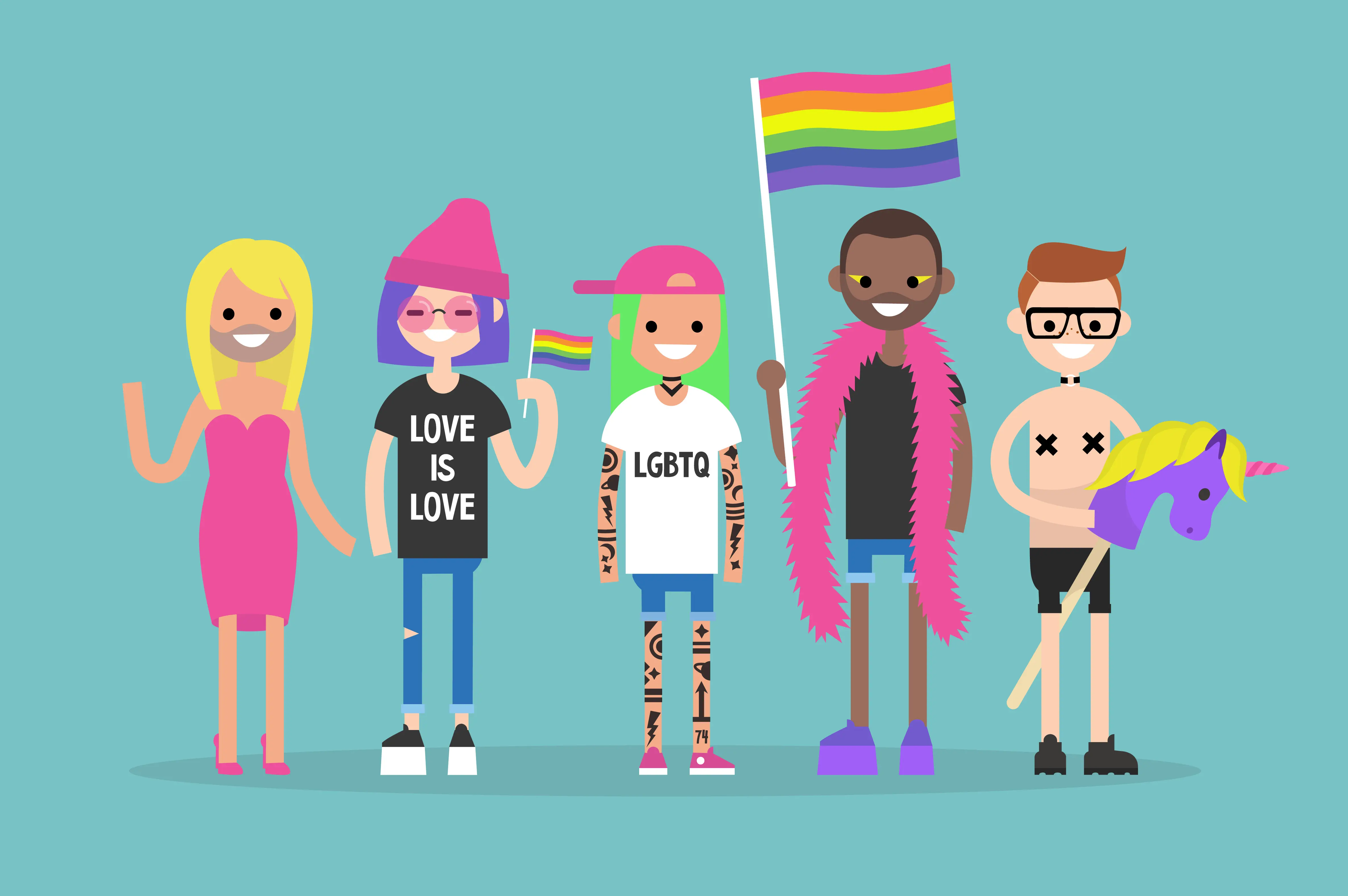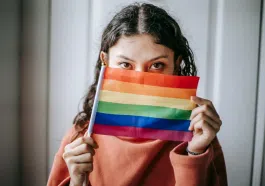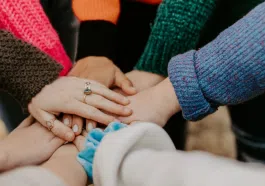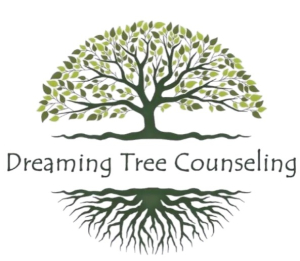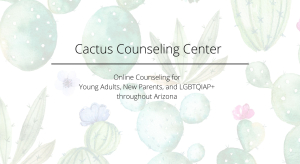Here is the latest article in our lexicon series. It explores the differences between sex, sexuality, and gender.
What Are Sex, Sexuality, and Gender?
Some people think sex, sexuality, and gender are the same. However, these terms are actually different ideas. They do not mean the same thing at all.
Learning why the terms sex, sexuality, and gender are different is essential. It clears up myths about gender expression or orientation. There is the main difference between these ideas. It’s that society determines a person’s sex through biology. That means that doctors or others will categorize a child according to their anatomy.
Sexual orientation is romantic and sexual attraction. It refers to the gender or genders that attract a person.
Gender is a social construct. This means that it can change over time. It can also be different from the sex assigned at birth. In essence, gender is a fluid concept. It is a spectrum and not binary (like male and female).
In this article, we will delve further into these concepts.
What Are the Types of Sexes?
Sex refers to how people assume gender based on a person’s body. This designation is based on the visual appearance of their sexual organs.
If a child has a vulva, they will be assigned female at birth (AFAB). If a child has a penis, they will be assigned male at birth (AMAB).
For transgender, non-binary, or intersex people, it’s different. Their sex may not match their gender identity. Most of these people do not identify with AFAB or AMAB. For example, if you call a trans woman “AMAB,” it erases her identity as a woman. That’s why it is essential to ask about a person’s pronouns or how they identify.
Similarly, coercively assigned female at birth and coercively assigned male at birth applies to intersex people. It shows how they are limited to these two groupings. These terms can also erase their differences.
What Are the Types of Sexuality?
Sexual orientation is different for everyone. Here are some of the most common: different types of sexuality:
Straight
People who are attracted to those of the opposite gender.
Gay
People who are attracted to those of the same gender. The term applies to cisgender men and women and trans men and women.
Lesbian
Cisgender women and trans women are attracted to the same gender.
Bisexual
People that are attracted to two genders or various genders.
Pansexual
People that are not limited by their sexual preferences. They can be attracted to people regardless of biological sex, gender, or gender expression.
Asexual
People who are not sexually or romantically attracted to others.
There are many other terms for sexual orientation. However, you may never decide on a label to categorize your sexuality, which is perfectly fine. Some people’s sexuality is fluid over time.
What Are the Types of Gender?
Some people have a gender-separate from their biological sex. This can be confusing for many people due to societal expectations. Society can expect people to act a certain way because of their sex.
Here are some important terms when it comes to gender:
Gender expression
Gender expression is the external appearance of someone’s gender. A person can portray this expression in various ways. It can be expressed through clothing and style. It can also be through voice or other characteristics associated with masculinity and femininity.
Gender transition
The process for which someone will align their outward appearance and gender. Some people will transition socially. On the other hand, others will use different names or pronouns from their biological sex. They may also undergo physical transitions. These transitions can include gender affirmation surgery or hormone therapy.
Gender dysphoria
Gender dysphoria is the distress a person experiences. This anxiety is due to their biological sex not matching their gender identity. This term replaces the outdated “Gender Identity Disorder.” It characterizes this experience for gender non-conforming folks at any age.
Here are some common types of gender:
Transgender
Transgender is an umbrella term. It applies to individuals whose gender identity and expression are different from cultural expectations. Being transgender is not a sexual orientation. It means that trans folks can have any sexual preference.
Non-Binary or Genderqueer
Non-binary or genderqueer refers to gender identity spectrums. These identities exist outside of binaries such as male and female. Some non-binary identities can be categorized under the transgender umbrella. That’s because many non-binary folks experience an identity different from their assigned sex.
Two-Spirit
Two-Spirit is an umbrella term. It refers to Indigenous North Americans who fulfill a traditional third-gender role. This role can be social and ceremonial throughout their cultures.
Agender
Agender usually refers to being genderless. They can identify as having no gender identity, or gender neutrality.
Pangender
Pangender is a person who identifies as not having a gender.
There are many types of gender identities. These various genders have been documented in society for thousands of years. They have also been throughout different cultures.
Identifying as transgender, non-binary, or another gender is personal. Many people identify this way, and there’s nothing wrong with it.
Supporting LGBTQ+ Folks
Discovering your sexual orientation and gender expression can be a validating experience. However, not all people understand these journeys. LGBTQ+ people continue to face prejudices.
For some people, traditional gender roles and sexual orientations are ingrained. It makes them uneasy that there are sexualities and genders outside of being straight and cisgender.
There is a lengthy history of bigotry against LGBTQ+ folks. However, while many strides have been made, there are still many injustices. There is much work to do. People need to become more informed and accepting. That way, LGBTQ+ folks can live their authentic lives.
If you are questioning your orientation or gender, there are helpful resources. LGBTQ and ALL have various articles. We discuss topics regarding gender and sexuality. Also, we have platforms where you can find support from other LGBTQ+ individuals. There is a space where you can share inspiring quotes.
In conclusion, now you know the basics of sex, sexuality, and gender. These differences allow you to support various LGBTQ+ people in your life. By understanding this lexicon, you can be a good ally and educate others.

